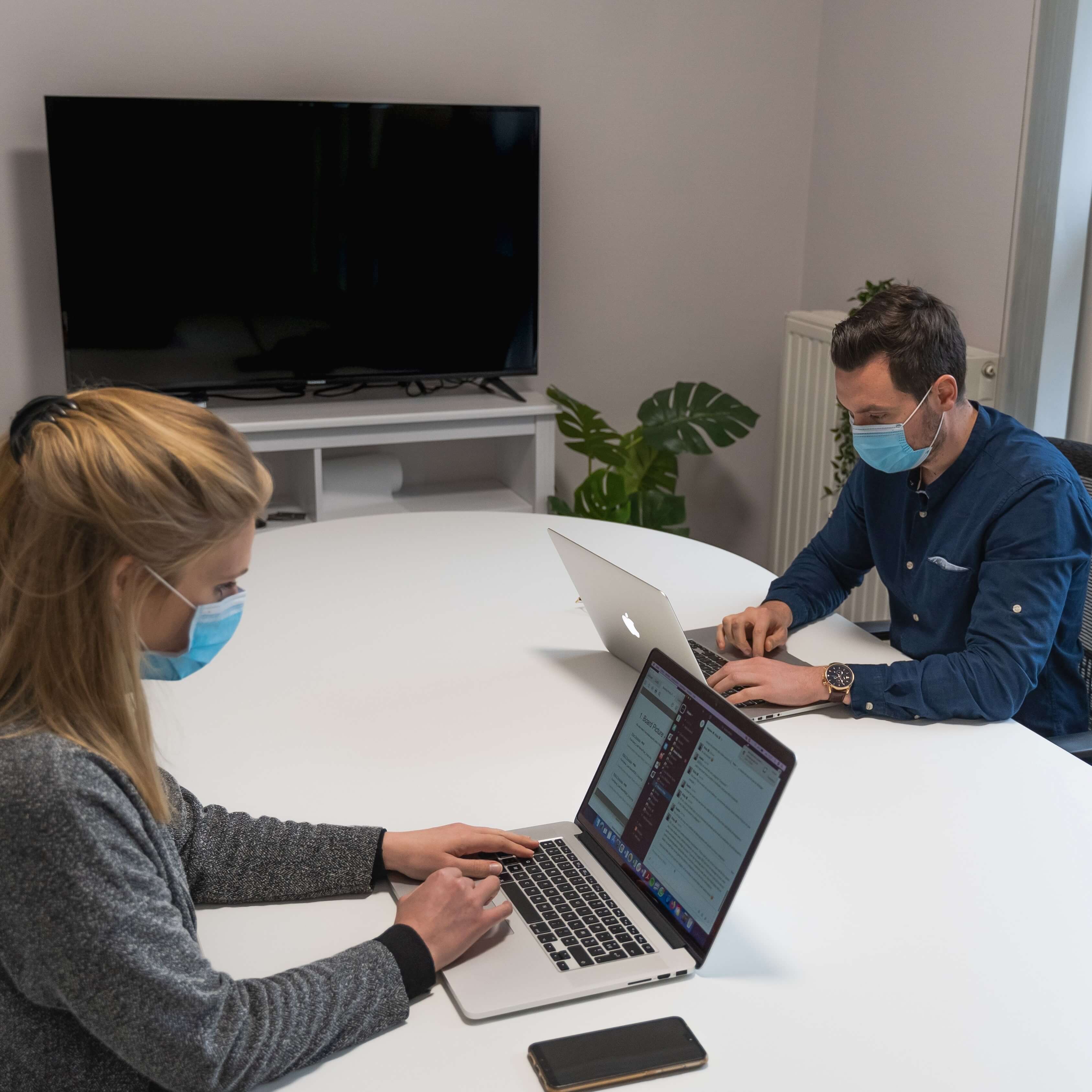
COVID-19 Spike Protein IgG Antibody Test
The whole point of the vaccination drive of two doses and additional booster shots against COVID-19 was for us to be resilient against it.
COVID-19 vaccines, whatever brand they are, do one thing, and that is to facilitate our bodies to produce antibodies that will destroy the virus. These antibodies are specifically known as the COVID-19 IgG antibodies.
These IgG antibodies are produced within the body under two conditions. IgG antibodies are produced when infected by COVID-19 or when one receives vaccination shots. In the case of SARS-Cov-2, other slightly different Corona-fighting antibodies may be produced due to other Coronavirus infections like the common cold.
What Is a Spike Protein IgG Antibody Test?
A spike protein antibody test is a test administered to see if a person has IgG (Immunoglobulin) antibodies circulating in their bloodstream that can destroy a virus’s spike protein, in this case, SARS-Cov-2 spike protein.
This test is important because spike protein IgG destroys the ability of the SARS-Cov-2 to attach to human cells through their spike protein. Having Spike protein IgG antibodies makes sure that the virus does not latch on to healthy cells, thus keeping the body infection free.
The spike antibody test is administered to people to quantify how keen our vaccine-induced immune response is. Meaning the more spike protein IgG antibodies the test detects, the better our bodies have responded to the vaccine.
Not everyone will have an ideal response to the COVID-19 vaccine. Most develop antibodies after getting vaccinated, while an unlucky few will not. The importance of the spike protein antibody test is made more obvious in the situation of these people.
How a Spike Protein IgG Antibody Test Works

The technology that makes a spike protein IgG test is similar to that of the LFT (lateral flow test). The spike antibody test is a diagnostic device that confirms the presence or absence of COVID-19 spike protein antibodies in our blood.
These tests are designed to have intuitive user procedures and can be administered within the privacy of our homes with minimal to no assistance to operate. Instructions are present with every COVID-19 spike protein test kit and these tests can be performed by professionals, patients, and trained lay users alike.
How a Spike Protein IgG Antibody Test is Carried Out
The spike protein IgG antibody test works like a rapid LFT but instead of collecting throat liquids, blood is collected as a specimen.
First, the person being tested is pricked on a fingertip after sterilising the fingertip with alcohol. A blood sample of 2–3 drops is collected and is then mixed with a buffer solution that comes with the Spike protein test kit. This blood-buffer liquid solution is vibrated vigorously before it is dropped on the test card.
After waiting for 10–15 minutes, SARS-Cov-2 IgG antibody test results range from negative to positive and will quantify the number of antibodies detected per ml of blood. This amount may range from 0 to 2,500 units of antibodies per ml of blood.
Reasons to Use a Spike Protein IgG Antibody Test
The most common use of the COVID spike protein antibody test is to see whether vaccination has had a favourable result in creating antibodies to combat the virus.
If you have had a COVID-19 vaccine administered to you in the last 14 days, it is advisable to get a COVID spike antibody test to see how your body has responded.
Note that COVID spike protein antibody tests do not detect the presence of the SARS-Cov-2 virus. Antibodies detected by these tests may be the result of either vaccination or infection but a COVID spike protein test will not be able to specify the reason for the presence of COVID-19 spike antibodies.
The duration COVID spike antibodies stay within our bloodstream varies from person to person. If you want to know if your blood still contains an effective number of antibodies against COVID, then it is also advisable to administer a spike antibody test to yourself.
Lastly, a COVID infection may also increase antibody count. If you need to know if a previous COVID infection has increased your body’s spike protein antibodies, then taking a spike protein antibody test will help you answer these questions.
How to Understand the Results of Your Spike Protein IgG Antibody Test
A COVID spike protein test result will indicate a few key things. First, your results will say if you are positive or negative. Also, if your test allows for it, your test will quantify an exact count of antibodies detected per ml of blood. Between 0 > 2,500 units of antibodies per ml of blood.
COVID spike antibody test results range:
- Positive – This means that antibodies are detected in your blood as a result of either a previous COVID infection or a result of vaccination.
- Negative – This means there are no antibodies found in your blood sample.
Knowing your antibody levels is do not specify whether you have the virus or not. For that, you can buy a COVID lateral flow test like Healgen Rapid Test. You could also buy a Flowflex COVID Test as these two brands are extremely cheap yet reliable.
Positive Is Good
Unlike COVID tests, a positive result with spike protein tests means that you are protected from infection. Regularly test for COVID spike protein antibodies as needed to be in control of the virus even in these seemingly safer times.


